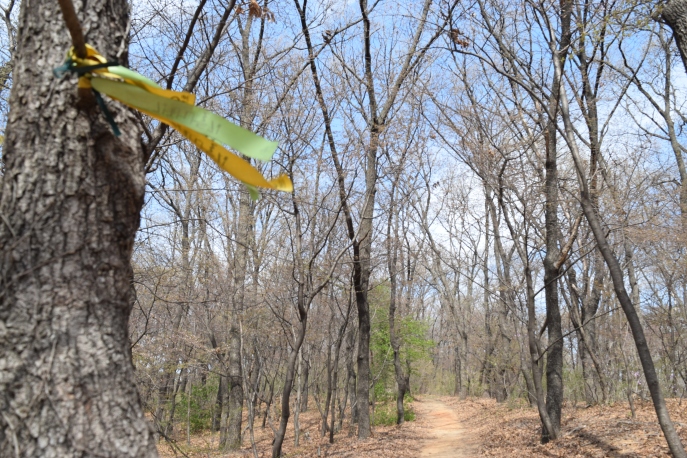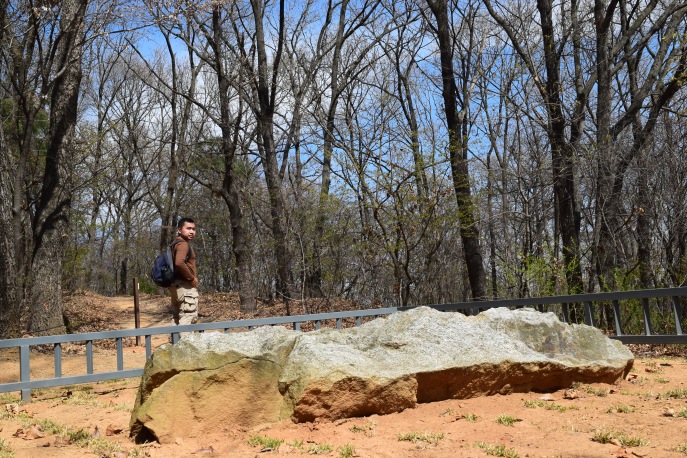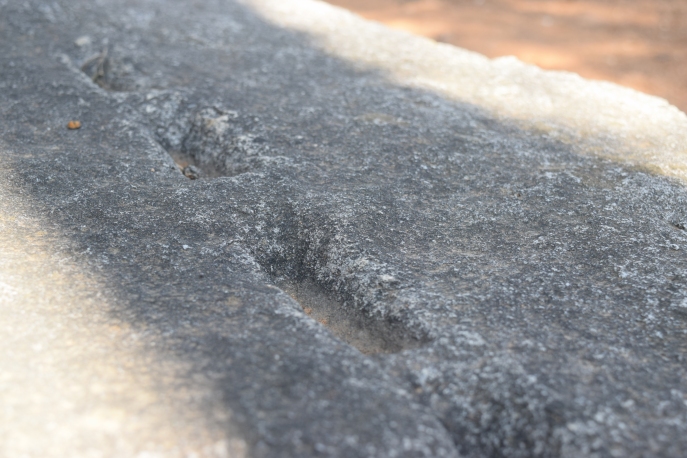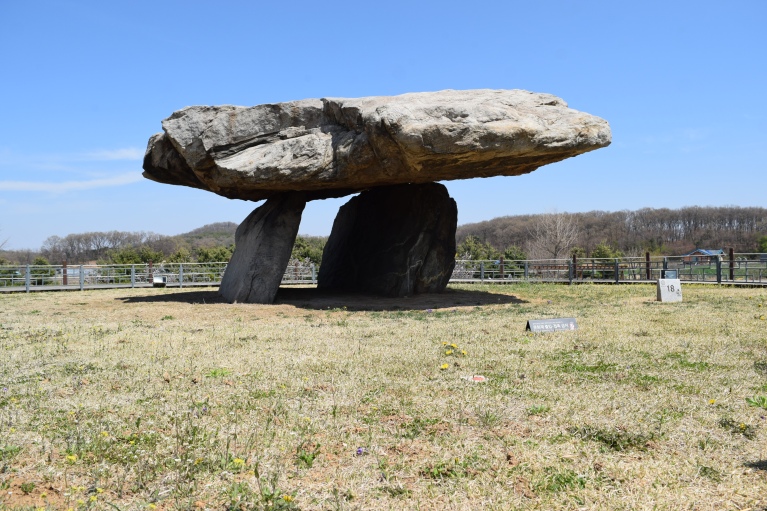Dolmens are megalithic structures that mark graves of ancient people, mostly from the Bronze age. While dolmens exist in many corners of the globe, The Korean peninsula is home to almost 40% of all the known dolmens! As a nod to this exceptional patrimony, three outstanding dolmen sites were given UNESCO World Heritage Site (WHS) statuses in 2000. In April 2019, I managed to check out the dolmen group in Ganghwa island, which is thought to house the earliest ones of the northern table-type form in Korea.

The Ganghwa dolmens are scattered across the island, and are grouped into clusters. Originally, I wanted to combine Bugeun-ri cluster, the main one, with another; Osang-ri, the closest, was a good candidate but it still lies a few kilometers away. This was because I thought that seeing just the big dolmen, officially named Bugeulli jiseok dolmen, provides a rather thin visitor experience for such a long day trip outside of Seoul. While many online sites detail how travelers can get there, I differ by sharing how I got the best out of Bugeun-ri seeing how many visitors do not venture out beyond the big dolmen.

Studying the core zones of the dolmen clusters in Ganghwa island, the map indicates that there are 16 more dolmens that are part of Bugeun-ri. True enough, during the time of my visit, it seemed that the dolmen park is undergoing some further expansions at the back to include four more extant dolmens not so far away — one, which is half buried, seems to be even bigger than the capstone of Bugeulli jiseok.


As the weather was very inviting —sunny but cool and breezy— I also decided to walk further into the adjacent hill forest after gathering leads that it contains the other lesser-known dolmens. My wanderings there did not only allow me to see all the World Heritage-inscribed dolmens in Bugeun-ri. Rather, it also afforded me very close encounters with two wild Korean water deer, cute black fur squirrels, and some birds! The pleasant walk took a little bit more than two hours, back and forth, and I did not encounter any other person at all. There is a certain joy and excitement in exploring remote places alone, and I achieved that here.


One interesting dolmen there clearly shows carved holes, suggesting the method and outline that the Bronze age builders used in cutting these megaliths. Although most of the extant dolmens are the unsupported capstone type, there are a few table type ones that have collapsed. All are properly marked with their respective dolmen number and the WHS logo, and are fenced. Surprisingly, in the middle of the forest, there was even a very neat information board about this World Heritage Site — I wonder how many people really take the effort and time to get into that area, though. There is also one dolmen that seems not to be a part of the inscribed ones, but it is also protected on a local level as evidenced by a different marker used.


While I enjoyed an exclusive 15 mins with the big dolmen very much (that’s a pretty long time, if you think about it, to appreciate a set of three big stones), I found the excursion I did in the outskirts to be more memorable and fulfilling. I have yet to see Gochang and Hwasun, the other two dolmen groups down south which are more praised, but, for now, I can say that I’ve been well contented with what I saw in Ganghwa.
